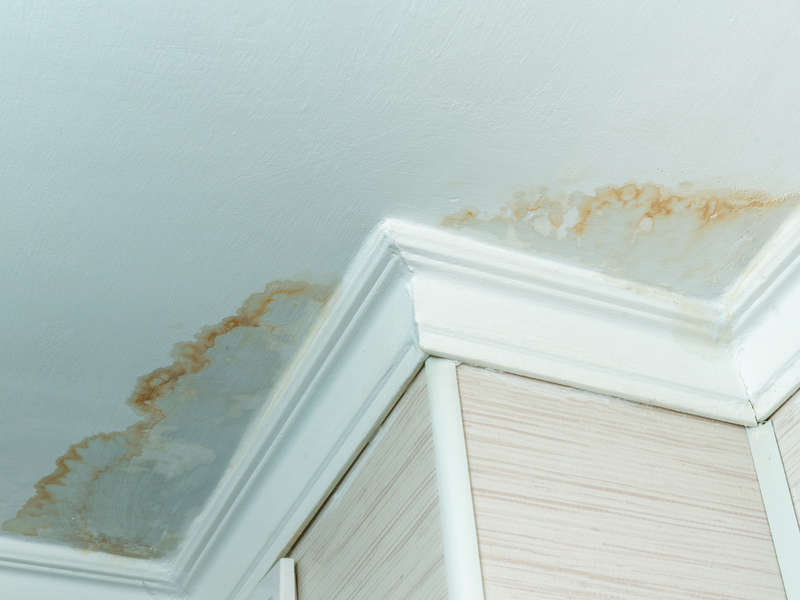Water spots in the ceiling can be deceptive, often masking underlying issues that, if left unattended, can result in significant damage to your home. In this comprehensive guide, we will unravel the mysteries behind water spots in the ceiling, explore their causes, and provide actionable insights on how to prevent and address this often-overlooked concern.

The Silent Indicators: Water Spots in Ceiling
Water spots in the ceiling are not merely cosmetic flaws; they are tangible signs of water damage within the structure of your home. Recognizing these spots early on can save you from extensive repairs and the potential hazards associated with prolonged water exposure.
Understanding the Causes
- Roof Leaks: One of the primary culprits behind water spots is a leaky roof. Whether due to damaged shingles, worn-out flashing, or compromised seals, a leaky roof can allow water to infiltrate your home, creating those telltale spots on the ceiling.
- Plumbing Issues: Faulty plumbing, including leaky pipes or damaged fittings, can contribute to water spots in the ceiling. The water may travel through the walls, eventually manifesting as spots on the ceiling below.
- Condensation: Poor ventilation and insulation can lead to condensation buildup, especially in areas with high humidity. Over time, this condensation can result in water spots on the ceiling.
Signs and Symptoms
Detecting water spots early requires a keen eye. Look for discoloration, peeling paint or wallpaper, sagging ceiling materials, and musty odors. These signs often indicate an underlying issue that needs prompt attention.
Addressing Water Spots in Ceiling: A Step-by-Step Guide
- Identify the Source: Before addressing water spots, pinpoint the source of the issue. Is it a leaky roof, a plumbing problem, or condensation? Understanding the root cause is crucial for effective remediation.
- Roof Inspection: If a leaky roof is suspected, conduct a thorough inspection. Look for damaged shingles, missing flashing, or any visible signs of wear and tear. Prompt repairs can prevent further water intrusion.
- Plumbing Assessment: For plumbing-related issues, enlist the help of a professional plumber. They can identify and fix leaks, ensuring that your plumbing system is in optimal condition.
- Improve Ventilation: Proper ventilation is key to preventing condensation. Consider installing vents or exhaust fans in areas prone to moisture buildup, such as bathrooms and kitchens.
- Ceiling Repairs: Once the source is addressed, focus on repairing the damaged ceiling. This may involve replacing water-damaged materials, repainting, or applying a sealant to prevent future issues.
Preventive Measures for a Dry and Healthy Home
- Regular Inspections: Conduct routine inspections of your roof, plumbing, and ceilings. Early detection of potential issues can save you from extensive repairs.
- Maintain Gutters: Clean and maintain your gutters regularly to ensure proper water drainage. Clogged gutters can contribute to roof leaks and water spots.
- Proper Insulation: Adequate insulation helps regulate temperature and prevent condensation. Ensure that your home is properly insulated to reduce the risk of water spots.
Read too: Transforming Your Home’s Elegance with a Smooth Ceiling After Popcorn Removal: Elevate Your Space
Conclusion
Water spots in the ceiling may seem like a minor inconvenience, but they are often indicative of more significant problems. By understanding the causes, recognizing early signs, and taking proactive measures, you can protect your home from the damaging effects of water intrusion. Regular maintenance, prompt repairs, and a vigilant eye for potential issues are the keys to maintaining a dry, healthy, and structurally sound home for years to come.